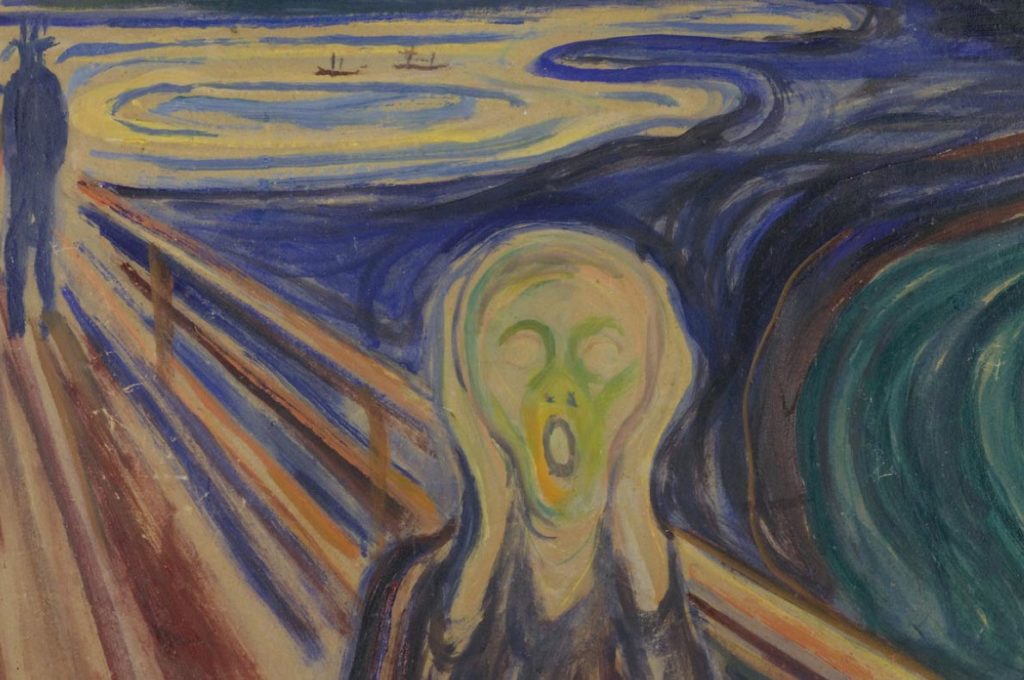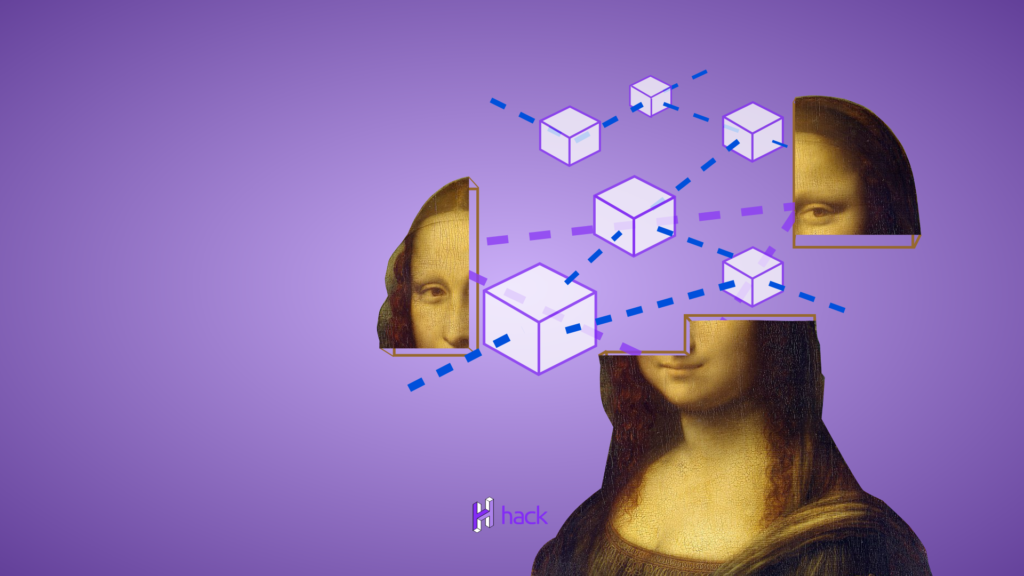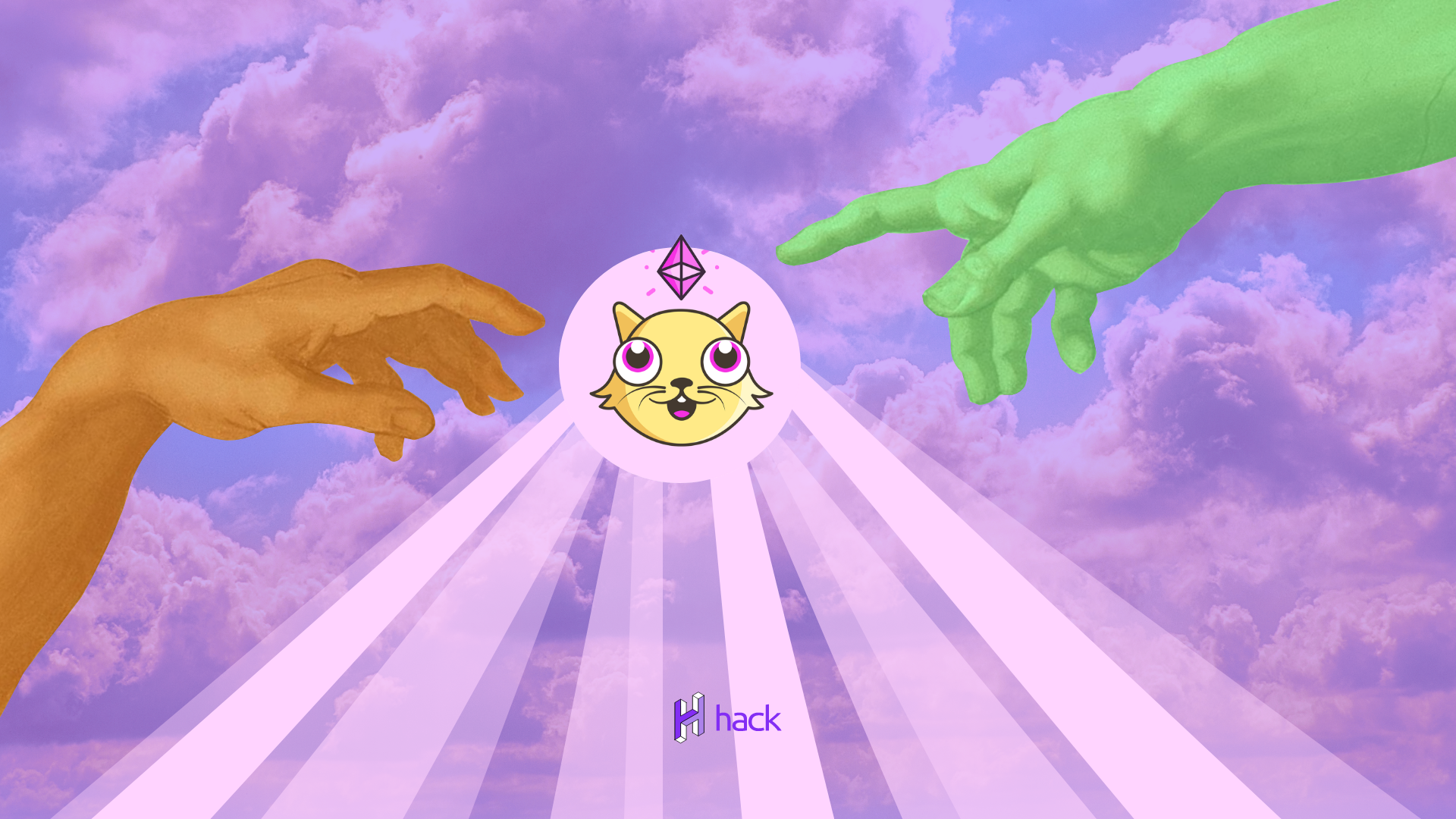Everything began back in 2017, when a Canadian start-up Dapper Labs invented a game called CryptoKitties where you own and breed (crypto)cats that are one-of-a-kind and cannot be replicated, taken away, or destroyed. Basically, Cryptokitties was the first enormous boom of the craze for non-fungible tokens, or NFTs.
Long story short, in September 2020, Christie’s auction house announced the sale of a digital portrait of the Bitcoin code for more than $130,000. It was the first time a non-fungible token was auctioned at one of the major auction houses for traditional art.
Suddenly we all started reading news about Grimes who sold some of her digital art for more than $6m or about Nyan Cat being sold as one, or on March 11, 2021, the most expensive digital art sale was made – Christie’s sold their first digital work of art, Beeple’s “EVERYDAY: THE FIRST 5000 DAYS” for a whopping $69.3 million.
And by the time we all thought we sort of knew what the deal was, the founder of Twitter put an autographed tweet up for sale as an NFT.
If you’ve seen any of this news and still wondered, okay so what even is an NFT? here is an explanation we give:
What are NFTs?
NFT stands for “non-fungible token.” We can explain this word by word.
First, a “fungible” asset refers to something that is interchangeable with another unit of that same asset. A good example of a fungible asset is the US dollar. If I exchange my $1 bill for your $1 bill, nothing really changes. While they are two different pieces of fancy paper, both bills represent the same exact value. That’s fungibility.
Conversely, a “non-fungible” asset refers to something of a distinct value. There are no two exact same things. A good example of a non-fungible asset is the painting of the Mona Lisa.
A “non-fungible token” is where things get really interesting. Here is where we bring on the blockchain. The first and so far most popular of these implementations is the creation and distribution of fungible and non-fungible tokens. A non-fungible token allows us to create a digital certificate that represents a unique asset. This allows us to create proofs of authenticity for digital content that can be owned, bought, sold and traded. Because these tokens are stored on an open and distributed blockchain (such as Ethereum), their embedded metadata and transaction history are completely verifiable by anyone in the world with an Internet connection. That means we can all know what digital wallets own what tokens at any given point in time.
We can attach these tokens to pretty much anything, including digital files— a photo, a video, an audio recording, etc.
The implications of NFTs are truly infinite, and we’ve just begun to scratch the surface of possibilities. So far, non-fungible tokens are being used to create industries around digital art, collectibles, gaming skins, digital land, and many many more.
How are artists selling their work on the Blockchain?
And now as we have a clearer conception of what NFTs are, let us jump into the now-exploding world of NFTs and Art.
Let’s say you have created some really cool digital sticker, or Photoshop picture, or meme (whatever is more convenient to you) and you upload it onto the Internet space. Boom, now everyone can drag it and download it, which automatically makes hundreds and thousands of copies of your artwork.
This is up until the advent of NFTs. This time, after creating your artwork, you mint it on the blockchain — a fancy way of saying that you turn it into an NFT. This process differs from site to site, but it can be done on platforms like Nifty Gateway.
Now there is a one on one proof of authenticity certificate for your work that exists on the Ethereum blockchain, securely housed in your digital wallet.
You can choose to put it up for sale, and anyone can bid on it or buy it right away at a listed price.
But what’s the point?
Since this piece of art is created and exists on a screen (be it phone, computer, tablet, etc). It can still be seen, screen-shotted, dragged, downloaded, and shared by anyone online. So the initial reaction will be “Why would anyone want to buy digital art if it still can be used and copied by many?”.
But we suggest copying is good, sharing is great.
Let’s take an example – The Scream is a masterpiece by the Norwegian artist Edvard Munch which everybody knows.

It’s been turned into a meme, used and shared by many. The plan is – the more shares it has over the Internet the more this work of art’s cultural relevance continues to grow, and the more value the original painting has.
So the basic idea is that your artwork can be screen-shot and used the same way The Scream can be photoed and used, but that does not mean one claims provenance. The deeper concept of NFT art is agreed-upon value and ownership; even if anyone can see, download, print out, and hang up a piece of digital art, only a select few can actually own that exact piece, and that ownership is recorded on a blockchain.
It’s key to know that when buying an NFT one gains the rights to the unique token, but only on the blockchain. So when you buy a piece of art, you own it on the blockchain, but you have no control over rights to its distribution. When you buy an NFT in most cases you’re not buying content, but rather a token that connects your name with the creator’s art on the blockchain.
Why buy NFTs?
As the NFT trend picks up steam, it’s also drawing in curious new buyers — people who never thought could afford a piece of art.
Investing in art has traditionally been the reserve of the upper-classes who can afford to invest in something that is likely to lose value. Crypto art could provide a way for those with less capital to invest in works, financially supporting artists you like, gives you some basic usage rights, plus, you don’t have to think about where to put it when you buy it. 😀
Furthermore, fractionalizing is an increasingly popular way to buy art in recent years, as it allows owners to buy shares in the same piece. The same argument for NFTs being less risky also applies to why it could be ideal for tokenization. Through blockchain technology, fractionalization can actually be part of the digital artwork itself.

Conclusion:
Many questions are raised “Will NFTs end up being a passing fad?”; “Is it a bubble?” “Maybe a hype?”
Maybe all of them or maybe it’s the next big thing. We don’t know.
We only know that if NFTs are here to stay, they are going to completely revolutionize entire industries by changing the way we share and consume pretty much everything, starting with the art industry.



